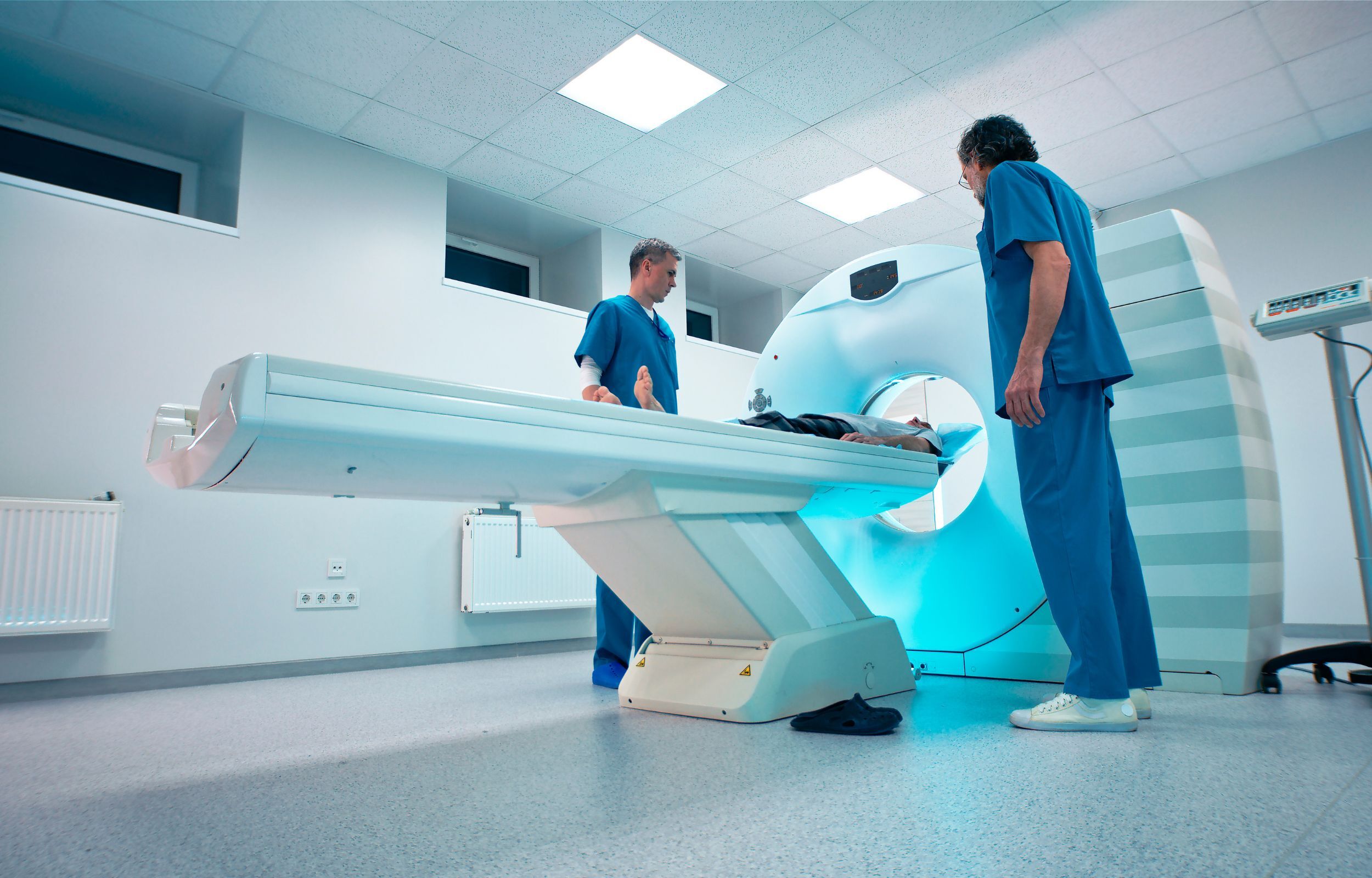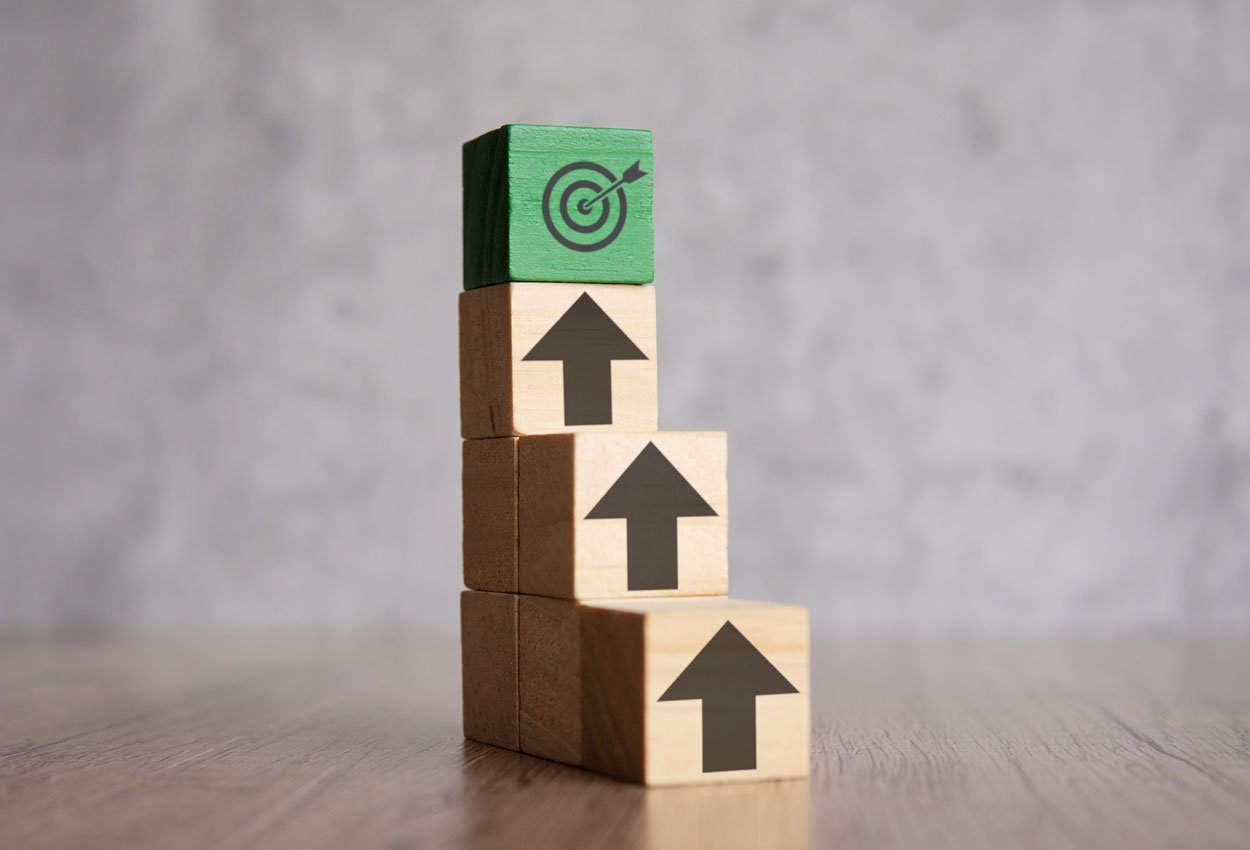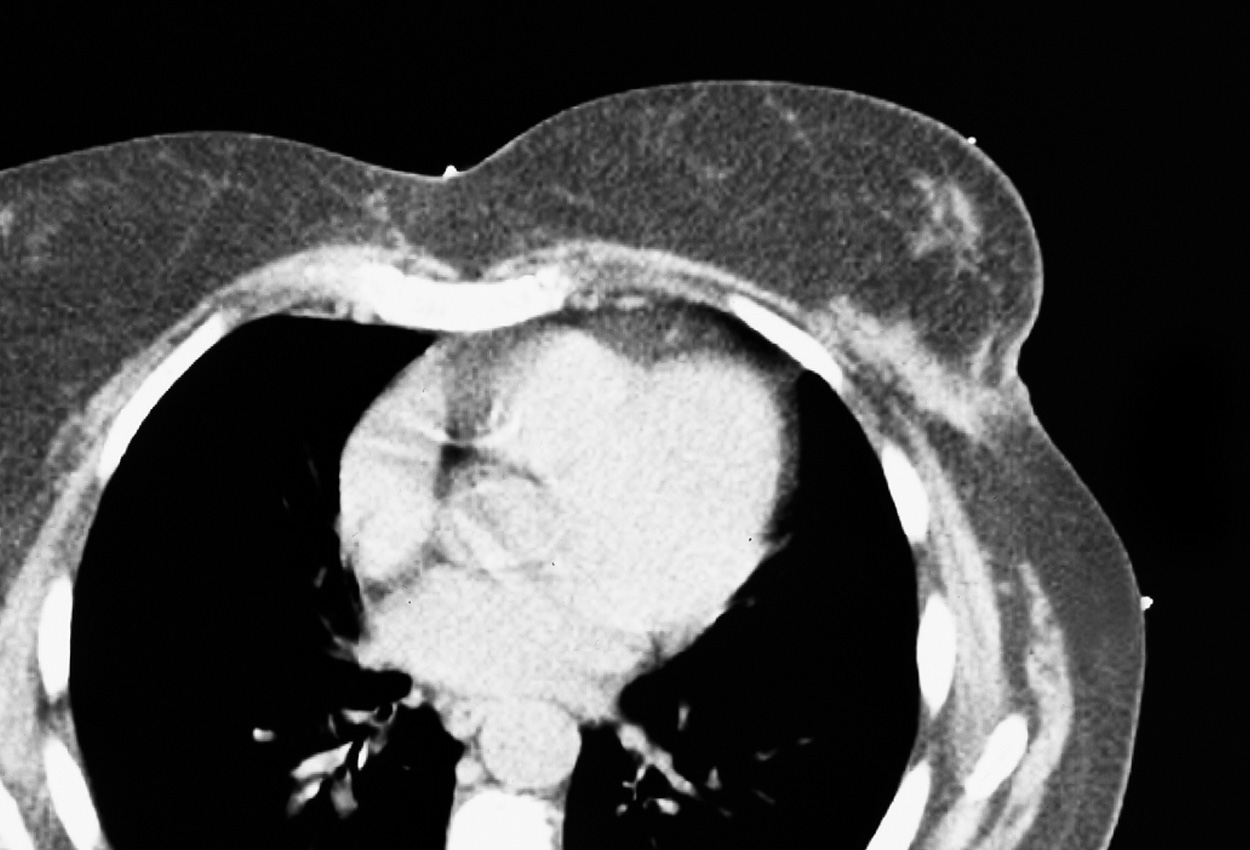Accuracy and efficiency go hand in hand in radiation therapy. Radiation therapists, dosimetrists, and medical physicists know that the foundation of every successful treatment plan starts with one...
In the past, the focus on accuracy and effectiveness often overshadowed the patient experience in medical device manufacturing. However, with the increasing influence of consumerism in healthcare,...
In radiation therapy, precision is everything. For decades, permanent tattoos have been a standard practice to ensure accuracy during treatment. These small, often inconspicuous dots allow for...
Inaccuracies during the planning process can lead to dose inaccuracies during treatment. Despite technological advancements over the years, the increasing complexity of these technologies and the...
Obesity in the United States is a common, serious, and costly disease. More than 40% of US adults and 19% of US children ages 2 -17 have obesity and those numbers continue to rise year after year....
In the early days of radiation therapy, two-dimensional X-ray images and manual mathematic calculations were utilized to create treatment plans. In the 1970’s, the advent of computerized systems...
On the surface, the role of the medical dosimetrist sounds a little intimidating, a Spock-like personality focused purely on numbers and science. After all - these are the people whose calculations...
It's fairly common knowledge that being active is good for helping you stay healthy, but now cancer researchers are finding that your activity level during treatment can actually help improve your...
There have been numerous clinical trials demonstrating that breast conservation therapy, where lumpectomy is combined with radiation therapy, will significantly decrease the rate of breast cancer...








